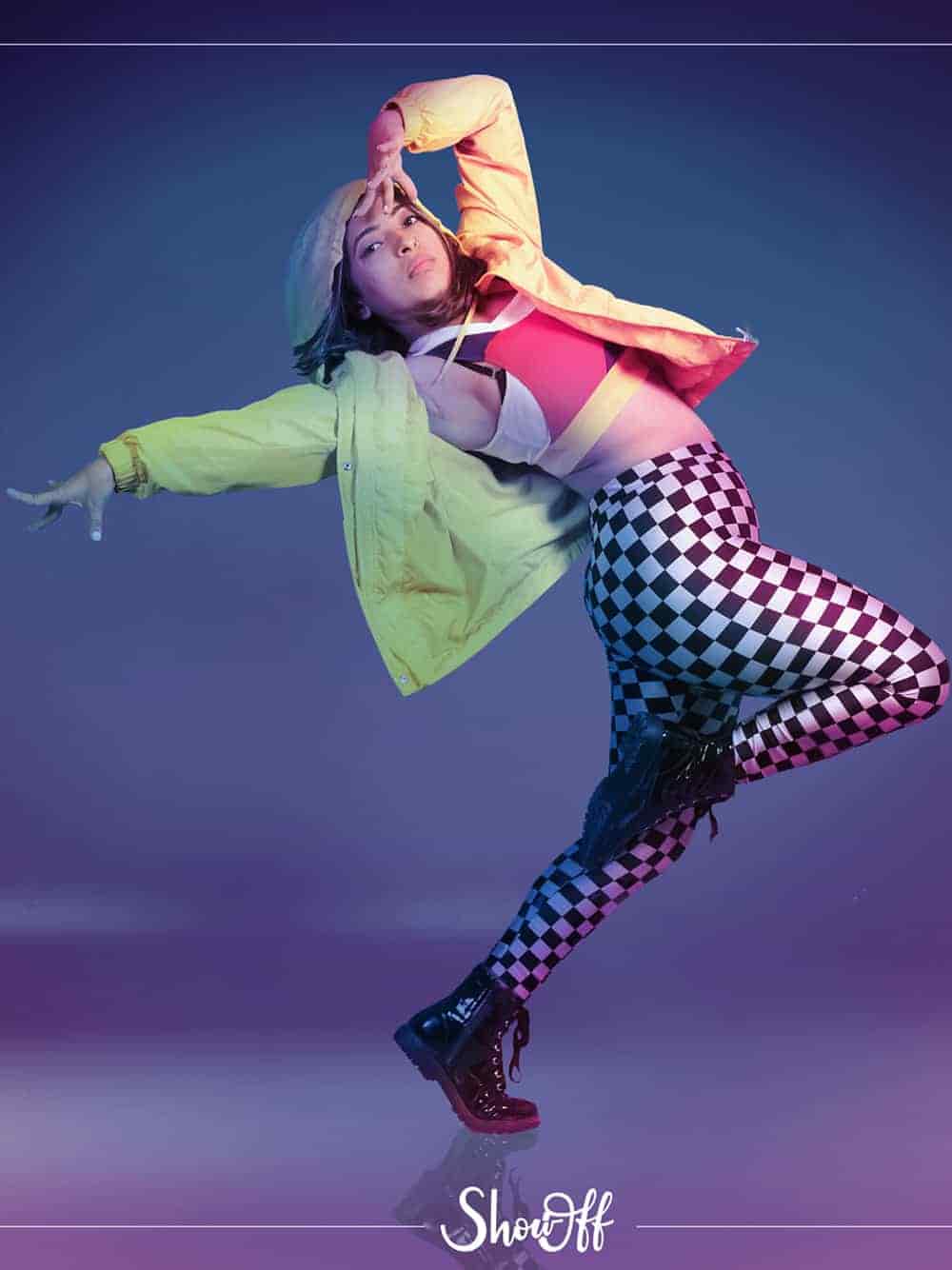Warming up is essential for all dancers. A well-executed warm-up will prepare your body for the activities ahead, whether before a lesson, audition, competition, or performance. It’s tempting to skip an introduction or rush through a few stretches, but your body benefits from a comprehensive warm-up. When done correctly, psychologically and physically, a warm-up prepares you, boosts coordination and proprioception, raises the heart rate, circulation, and body temperature, improves joint movement and mobility, and promotes overall performance while lowering and preventing the start of injuries. When it comes to warming up, there are two crucial aspects to consider: dynamic and static. Continue reading to learn more about these phases and how to make the most of your warm-up!
DYNAMIC WARM-UP
A vigorous warm-up aids in the relaxation of your muscles and joints. It is essentially ‘moving while stretching.’ It helps prevent injuries and muscle soreness by increasing oxygen delivery to the tissues and muscles by improving blood flow and circulation. The increase in body temperature causes the muscles to contract more efficiently by increasing contractile speed. Muscle elongation enhances flexibility and joint range of motion due to the increased flow of synovial fluid lubricating the joints. A dynamic warm-up and dynamic movements stimulate the neurological system and connect the brain to the muscles, allowing them to work more efficiently.
The following are some dynamic movements/exercises you can do. Spend between 30 and 60 seconds on each of the following activities:
Jogging on the spot – To get the circulation flowing, perform full arm circles. Once you’ve warmed up, you can begin flying in circles or around the room/studio.
Neck isolations – move your head up and down, right to the left, shoulder to shoulder. You may also do some circle head rolls by dropping your head down to the right corner and rolling to the left corner and then moving back and or tilting back to the right corner, then rolling back to the left corner and back again.
Shoulder rolls – Roll your shoulders lightly to get the blood flowing through your arms. Then, raise and lower your shoulders forwards and backwards.
Forward and lateral hip/leg swings – to get the lower body heated Side to Side, forwards and backwards. You can do these while holding a barre or a chair.
STATIC STRETCHING
Static stretching entails sustaining a position for at least 20 seconds to lengthen the muscles. It is accomplished by stretching your body to the point of tension and then holding the stretch for some time. It helps to stretch and loosen your muscles, boosting your general flexibility. It is typically more effective than dynamic stretching for long-term flexibility, and it should be done after a dynamic warm-up before you begin dancing to avoid injuries. When used as part of a cool down, it improves muscle healing by preventing muscle tightness and stress.
The following are some static stretches you can do. Hold each of the following for 20-60 seconds:
Forward fold/Toe touch – Bend at the waist and touch your toes while maintaining your knees as straight as possible with your feet parallel. As your flexibility improves, try grabbing the back of your lower legs with your hands.
Lunges/Split Stretches –Low lunge position with the back knee bent and the top of the foot on the ground, hands-on on each Side of the front foot. Begin by gliding your front foot forward, lengthening your leg as you go, until you achieve a split. Maintain both the lunge and the division—rep on the opposite Side.
Leg Stretches –Lie on your back, legs straight on the floor. Raise one leg and use your hands to bring it towards your face gently. Repeat with your other legs.
Cobra Pose – Place your hands directly under your shoulders while lying on your stomach, elbows bent straight back and hugged to your sides. Keep your chest off the floor, shoulders back, and your gaze straight forward. Make sure your elbows are still hugging your sides.
Warming up not only physically prepares you for the work at hand but also mentally prepares you. Going into a class, competition, or other performance without appropriate preparation can easily throw you off your game. To avoid this, utilise your warm-up time to not only warm up physically but also to remind yourself why you’re doing what you’re doing and mentally prepare for the task ahead. As a result, you’ll be less inclined to give up when things become challenging, ensuring that both your mind and body are ready to win.

